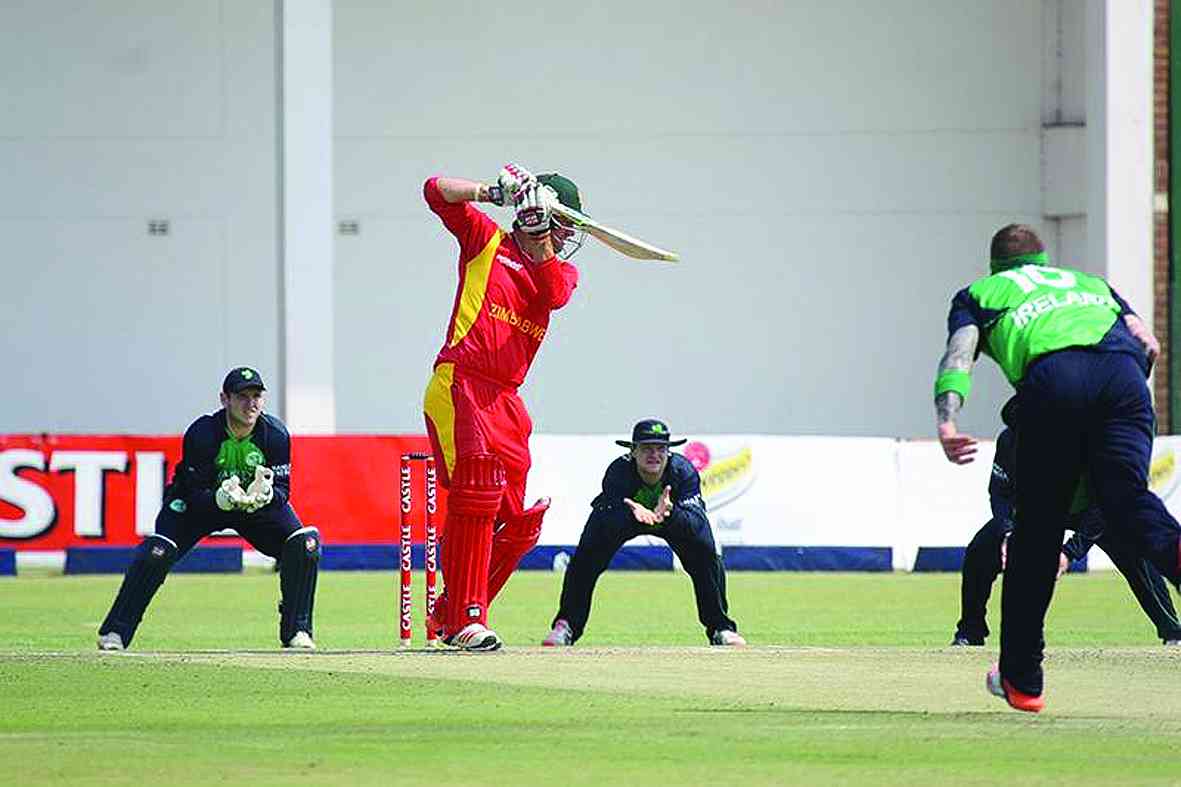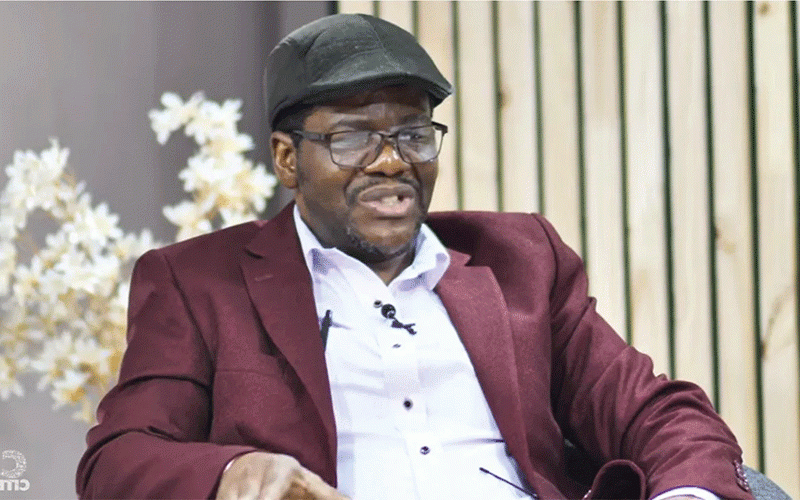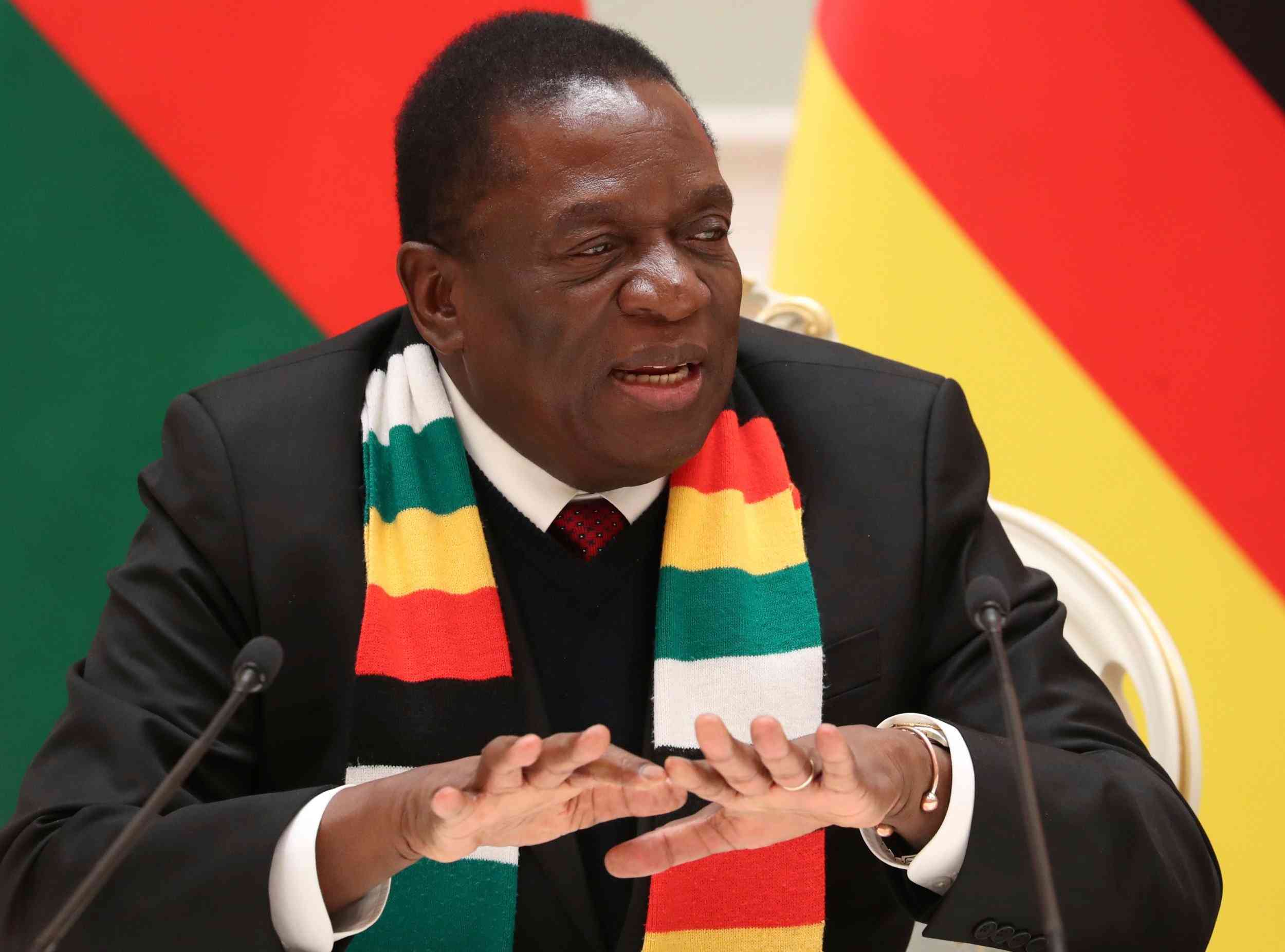
A FEW days after Zimbabwe President Emmerson Mnangagwa announced a series of controversial economic measures, that have sped up the depreciation of the Zimbabwe dollar (ZWL), and resultantly, inflation, Finance minister Mthuli Ncube had an interview to “calm the market”.

The interview was done with a local TV station about Mnangagwa’s controversial economic measures, and in it, Ncube was asked: “Is Zimbabwe in an economic crisis?” to which he answered: “No, it’s not in crisis. Our growth projection is strong, we still expect growth closer to the 5% that we projected, we may tamper with that but we’re still seeing a positive upturn in the economy, which began in 2021.”
At the time of the interview, the Zimbabwe dollar was trading at $173,26 and $279,81 against the United States (US) dollar on the auction and interbank forex markets, respectively.
Since that time, however, the auction and interbank forex rates have fallen to $308,52 and $307,36, respectively, against the US dollar, depreciation rates of 78,06% and nearly 10%.
Zimbabwe is probably the first country with two official exchange rates.
Anyhow, as a result, basic commodity prices shot up in tandem with the inflation rate, which rose by a huge 35,3 percentage points to 131,7%, from 96,4% in April.
The result? According to the United States Agency for International Development food security arm’s newest report, these currency challenges have led to hoarding of basic commodities such as maize, cooking oil, and sugar, to name a few, with the country now potentially facing hunger.
Afterall, what incentives would businesses have to sell at a rate of either US$1:$308,52 or US$1:$307,36 when they can get US$1:$500 on the informal market?
- Chamisa under fire over US$120K donation
- Mavhunga puts DeMbare into Chibuku quarterfinals
- Pension funds bet on Cabora Bassa oilfields
- Councils defy govt fire tender directive
Keep Reading
Of course, Russia’s invasion of Ukraine has also contributed to a high inflationary global environment, but Zimbabwe’s currency dilemma significantly exacerbates matters.
“Zimbabwe is classified as being in debt distress,” the African Development Bank said recently on Zimbabwe’s debt.
So, when Ncube talks about Zimbabwe not being in a crisis, one wonders what does he mean? Because, just looking at the numbers, this economy is not doing well and everything the government is doing is not working.











